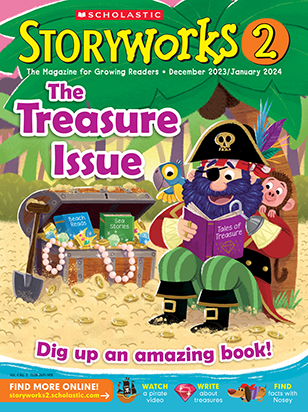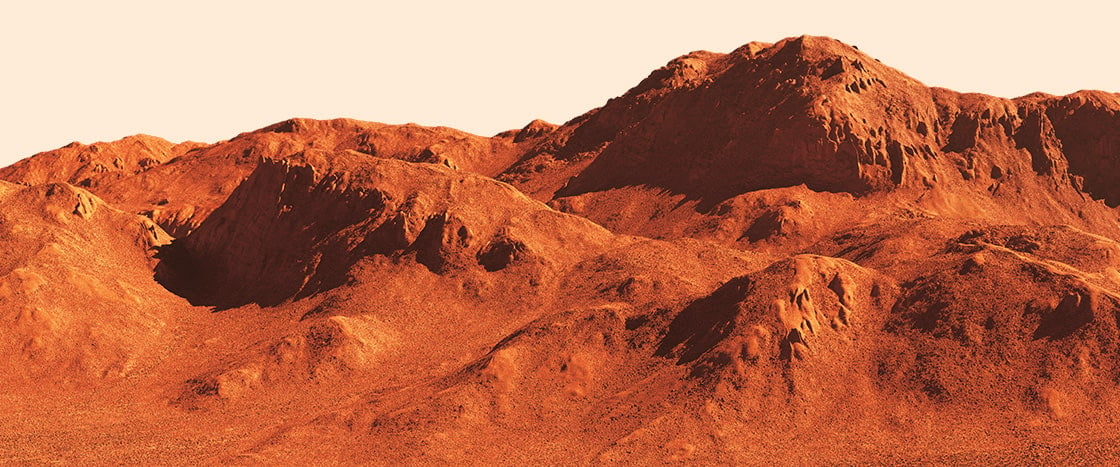Martin/Alamy Stock Photo
Mars
If people lived on Mars, they would see red rocks and dust in every direction. Huge mountains and volcanoes would rise into the sky.
There isn’t enough oxygen in the air on Mars for people. They would need oxygen tanks to breathe.
Mars is also freezing. It is usually 85 degrees below zero! People would need to wear a spacesuit to keep warm outside.
There is not as much gravity on Mars as there is on Earth. People might use magnets or weights to keep things from floating away.

